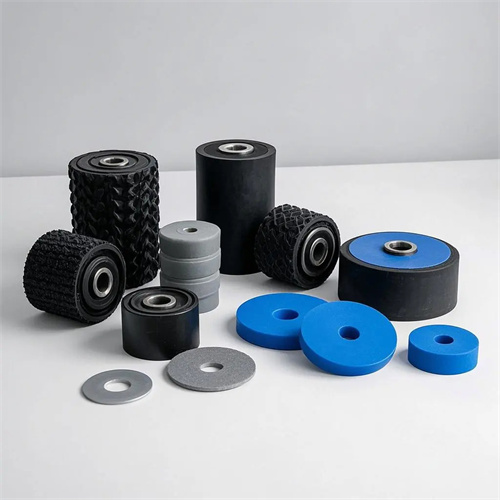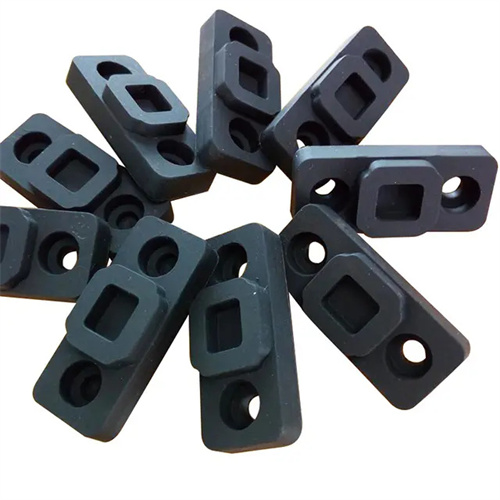The key component of the injection device – the screw
The screw is a core component of the injection molding machine’s injection mechanism, responsible for conveying, melting, mixing, and pressurizing plastics. Its structural design and performance directly impact the quality and efficiency of injection molding. The screw typically consists of a screw head, compression section, metering section, and feeding section. Each section has a specific function, and its dimensional parameters, such as pitch, depth, and aspect ratio, must be precisely designed based on the characteristics of the plastic being processed and the product requirements. For example, crystalline plastics, due to their narrow melting temperature range, require a screw with strong plasticizing and mixing capabilities, resulting in a higher compression ratio and a longer metering section.

The feed section of the screw is where the plastic initially enters the screw. Its primary function is to convey solid plastic pellets from the hopper to the compression section. The feed section typically features a deep channel and a wide pitch to ensure smooth plastic conveyance and reduce resistance during transport. Furthermore, a heating device is typically installed on the outer wall of the feed section to preheat the plastic and gradually soften the pellets, preparing them for the subsequent melting process. Improper feed section design can result in poor plastic conveyance and “bridging,” where plastic forms an arched structure beneath the hopper, obstructing its entry into the screw channel and impacting production continuity and stability.

The compression section is a critical part of the screw that achieves plastic melting and compaction. Its groove depth gradually decreases from the feeding section to the metering section, compressing the plastic. In this section, the plastic is subjected to the shear forces and friction generated by the screw’s rotation, as well as the heat from the external heating device, gradually transforming from a solid state to a molten state. Simultaneously, air and volatiles in the plastic are squeezed out and discharged through the hopper, preventing these gases from entering the product during the subsequent injection process and causing defects such as bubbles. The compression ratio of the compression section (i.e., the ratio of the groove volume in the feeding section to the groove volume in the metering section) is a critical parameter. Different plastics require different compression ratios. For example, the compression ratio of polyethylene is typically 2.5-3.0, while that of polyvinyl chloride is 1.6-2.0.

The primary function of the metering section is to further mix the molten plastic and deliver it to the screw head at a constant quantity and pressure, preparing it for the injection process. The metering section’s shallow screw groove and fine pitch generate a strong shear force on the molten plastic, making the melt more uniform while gradually increasing the pressure within the melt to ensure stable pressure during injection. The length of the metering section has a significant impact on the plasticization quality of the plastic. A longer metering section ensures that the plastic melt is fully mixed and homogenized, improving the consistency of the melt and thus ensuring the stability of the product quality. Furthermore, the metering section is equipped with components such as a check ring to prevent backflow of the molten plastic during injection, ensuring accurate injection volume.

The material selection and surface treatment of the screw are also important factors affecting its performance and service life. Because the screw must withstand significant torque, pressure, and friction during operation, while also coming into contact with various high-temperature, corrosive plastic melts, it is typically manufactured from high-strength, wear-resistant, and corrosion-resistant alloy steels, such as 38CrMoAlA. Surface treatments such as nitriding, chrome plating, and carbide spraying are employed to enhance the screw’s surface hardness and wear resistance, reduce wear from the plastic melt, and extend its service life. Furthermore, screw repair and maintenance are crucial. Regular cleaning, inspection, and repair of the screw can promptly identify problems such as wear and scratches on the screw surface and enable appropriate remediation measures to ensure the screw is always in good working condition, ensuring smooth injection molding production.
